Irohazaka: The Most Beautiful Must-Visit Winding Road In The Autumn
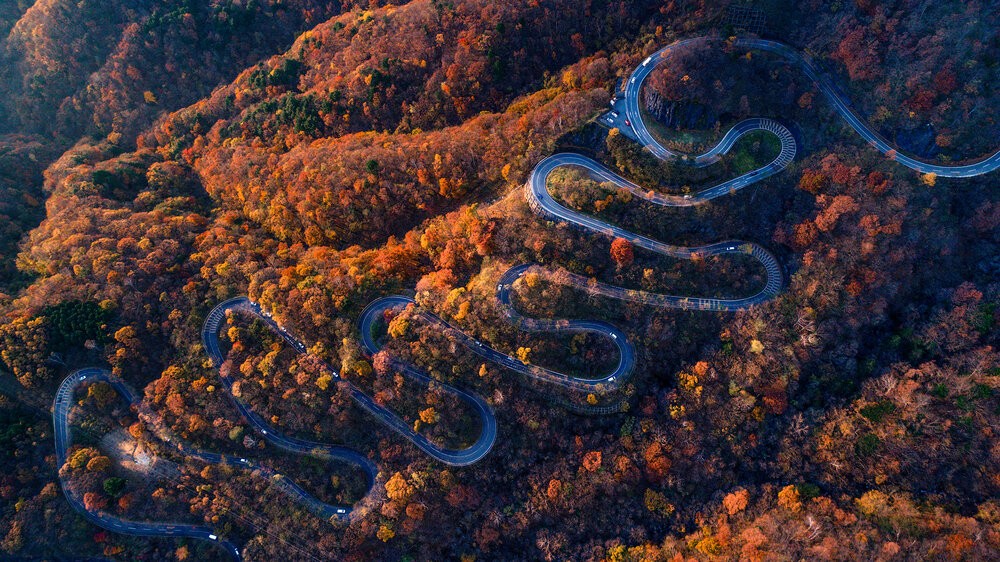 |
| Photo: Detour roadtrips |
Irohazaka is a pair of two winding routes in Nikko, Tochigi. Zaka (or saka) means slope in Japanese and Iroha refers to the first three letters of the old Japanese alphabet. Now, why would a slope be called Iroha? Combined the two roads have 48 hairpin bends – 48 being the number of Japanese alphabets. Each turn is labeled with one of the 48 alphabets.
The surface is extremely smooth, corners cambered and marked with paint at the apexes, as if begging drivers to power through the turns. You don’t need to worry about oncoming traffic, instead, you can focus on carving the perfect line or catching the ideal dorifuto.
Each hairpin is marked by a letter from the Japanese alphabet, which is how the road got its name i-ro-ha are the first three characters, while zaka means slope. In English, we’d call it ABC Hill, which is nowhere near as enticing.
It’s a site of incredible natural beauty, with stunning views of Lake Chuzenji and the Kegon Waterfall, while in the autumn the trees explode into color with rich red and orange leaves that rival anything in New England, according to Detour Roadtrips.
History of the Irohazaka
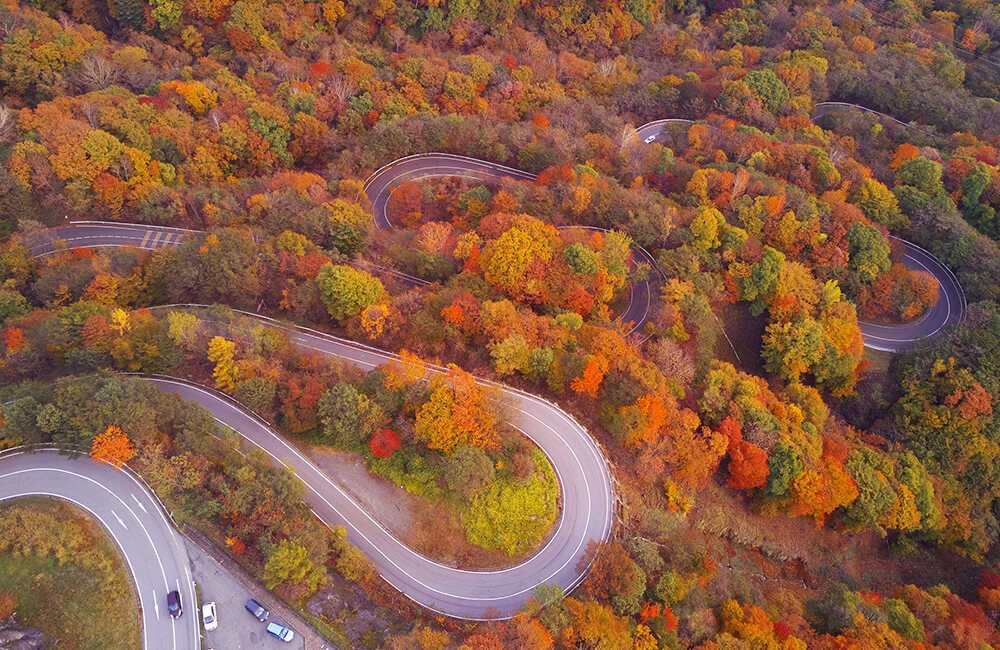 |
| Photo: IKIDANE NIPPON |
Irohazaka is a sightseeing road connecting Nikko city and Lake Chuzenji / Oku-Nikko. The first Iroha Saka on the northern side and the Second Iroha Saka on the south are divided where the Kegon Valley and the Kegon Waterfall is located. The total of both slopes is 48, which also features a sharp curve.
This place was opened in 1982. It was believed to be a sacred place of mountain beliefs since ancient times, but it is said that Iroha Zaka opened at that time. In the Taisho era (1912 – 1926) the road was improved and became the first Iroha slope roots made. After that, the road improvement was repeated, and in 1965 the second Iroha slope was completed.
There are two parking lots that serve as a resting place called Kurokami Plain and Akechi Plain in the middle of the second Iroha slope.
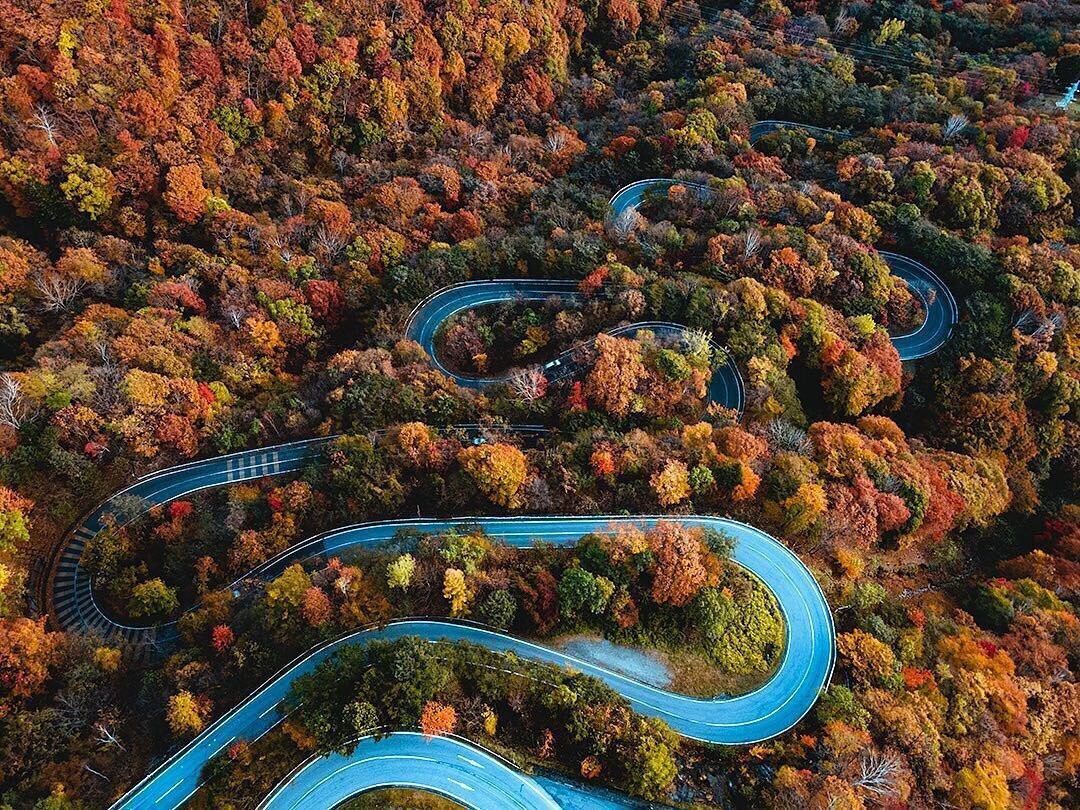 |
| Photo: Alo Japan |
The Akechira Panorama Rest House is installed in the Akechi Plain. There is also Akechira ropeway, which serves as a station building, and you can see Kegon Falls and Lake Chuzenji from the observation stand at the end of the ropeway, according to Japan Travel.
Why is Irohazaka special?
"Iroha" are the first three of 48 syllables of the formerly used Japanese alphabet (which is now known as "aiueo"), and "zaka" means "slope" - the Irohazaka Winding Roads were so named because together they consist of 48 hairpin turns. The road's winding design, providing stunning panoramic views, is very curvy and fun for a leisurely ride, so it pays to take it slow. Exercise extreme caution when passing on-coming traffic, over-taking, and around corners. Drive with your headlights on at all times as it is easier for oncoming vehicles to see you.
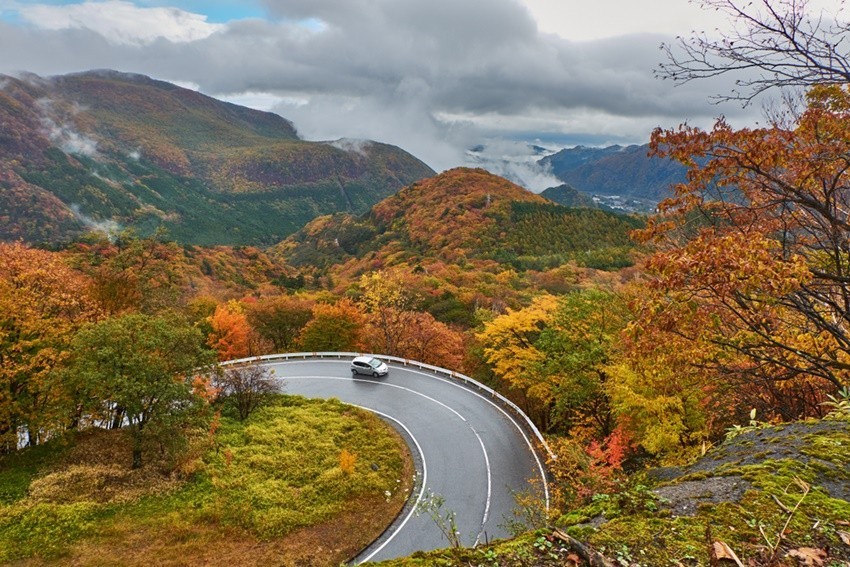 |
| Photo: FUN! JAPAN |
Today, the older road is only open to downward traffic and includes a pit stop from where you can see two waterfalls. The newer road, meanwhile, is only open to upward traffic as far as the Akechidaira Plateau near the top of the road. People started calling the slope Iroha-zaka in the early Showa era. The ancient Japanese alphabet consisted of 48 letters, and the number of curves is 48. Therefore, tourist guides started calling the slope Iroha-zaka. Today, the number of curves is 30 because the road was improved in 1954. The two roads were respectively built in 1954 and 1965 as some of Japan's first toll roads but were later turned toll-free.
Best time to visit
Spectacular autumn colors along Irohazaka can usually be enjoyed from late October to early November. Due to the autumnal popularity of Nikko, traffic can get very bad along the Irohazaka, causing delays to both cars and buses. Visitors are advised to avoid weekends and national holidays and to try to go as early as possible.
How to get there
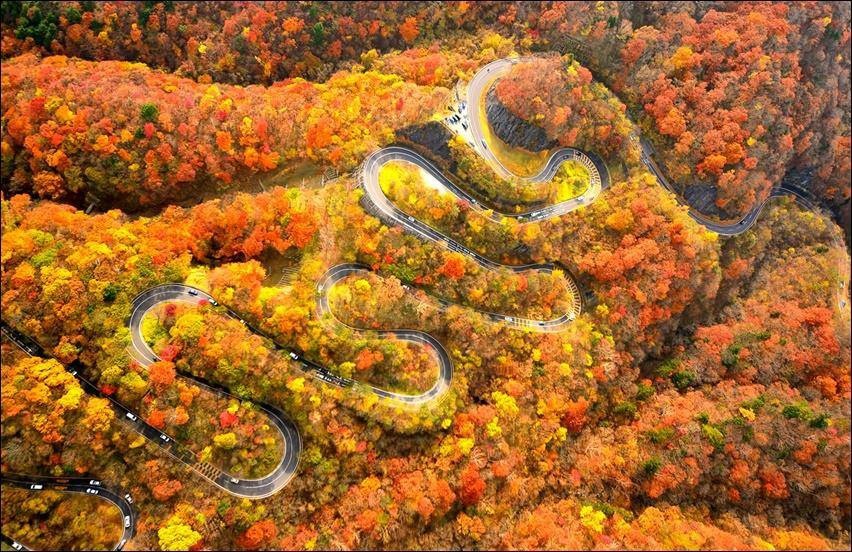 |
| photo: Japan |
From JR or Tobu Nikko Station, take a Tobu bus bound for Chuzenjiko Onsen or Yumoto Onsen and get off at the Akechidaira bus stop. The bus ride takes about 35 minutes and costs 1100 yen one way. Note that buses in the opposite direction do not stop at Akechidaira.
The spring sightseeing season is pretty heavy, so go out when you have plenty of time. Also on the roadside, a wild Nihonzaru or Japanese Monkey appears. Lastly, attention to belongings is required because the damage of depriving souvenirs and so on has been continuing.
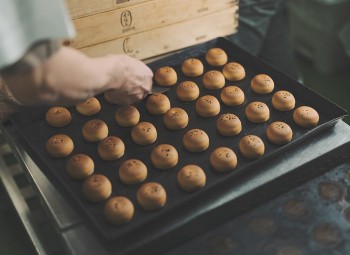 | The Story of Honke Owariya: The Beloved Oldest Restaurant in Japan Japan is a heaven for foodies and cultural lovers, and you can not miss Honke Owariya, the humble 550-year-old Soba restaurant in Kyoto, where you ... |
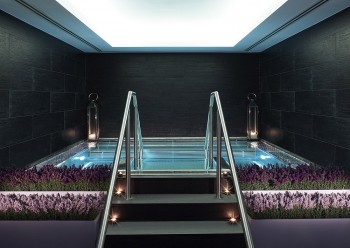 | Best Places In The UK To Enjoy A Spa Break From tranquil, beautiful East Sussex to other counties such as West Yorkshire, Strathclyde, and Lothian, these places are considered the best destinations for a spa ... |
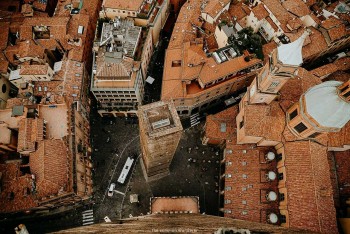 | The Legendary Stories Of Asinelli And Garisenda - The Leaning Towers of Bologna The old and historic leaning towers of Bologna, Asinelli, and Garisenda, are one of the most charming attractions of Italy, and interest many historians for ... |
Recommended
 Travel
Travel
Vietnam Through Australian Eyes: Land of Flavor, Warmth, and Timeless Charm
 Travel
Travel
Strategies for Sustainable Growth of Vietnam’s Tourism from International Markets
 Travel
Travel
Vietnam Strengthens Its Presence On The Global Tourism Map
 Multimedia
Multimedia
Phong Nha-Ke Bang National Park Named Top Adventure Travel Site
 Travel
Travel
Vietnam Welcomes Record-High Number of International Visitors
 Travel
Travel
Luxury Train From Hanoi To Hai Phong To Be Launched In May
 Travel
Travel
Phong Nha Named Top Budget-Friendly Travel Destination for Spring 2025: Agoda
 Travel
Travel


